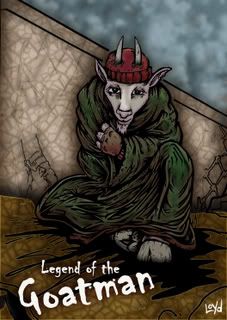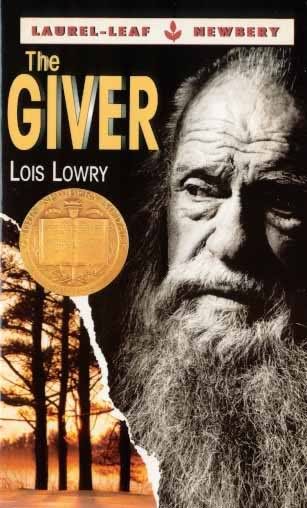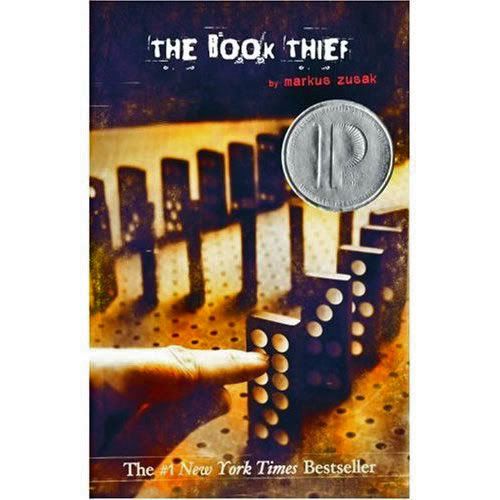 Bad Boy:
Bad Boy: - Myers, W. (2001). Bad Boy. New York: HarperCollins Publishers, 214 pp.
- Genre: Memoir/Non-fiction
- Awards: National Book Award Finalist, Notable Children's Books in the Language Arts (NCTE), Parents' Choice Gold Award, Dorothy Canfield Fisher Children’s Book Award Masterlist (Vermont), Coretta Scott King Author Honor Book, Notable Children's Trade Book in the Field of Social Studies (NCSS/CBC)
Bad Boy is Walter Dean Myers account of growing up in 1940's Harlem. Myers begins his story by presenting the reader with a brief
genealogy and explains how he came to be adopted by his foster family. In the memoir, he details the love and attention he received from his family and especially from his mother. Myers was frequently read to by his mother and eventually encouraged to read aloud to her. As a child, this attention made him less aware of the desperate financial state of his parents and aloud him to escape into the world of fiction. As Myers grew older and entered school, he was immediately singled out for his genius, poor speech, and propensity for fighting. This lead to an increasing separation from his friends and family as he got older. Being tracked as on of the only black students in advanced high school, Myers was ostracized from his neighborhood friends. Additionally, his growing knowledge and literacy made it difficult for him to communicate with his working class family. As these conflicts increase in severity, Myers becomes more despondent and begins to slack in school. Struggling with his ethnicity and discovering his identity, Myers drops out of school. This results in him being forced into
counselling. An increasing schism forms between a teenage Myers and his parents, which results in him enlisting in the army. This separates him from Harlem and his parents. A transition necessary for Myers to enter into the adult world.
Myers uses the backdrop of Harlem in order to explore many cultural and developmental issues that face adolescents today. For example, many teenagers have difficulty reconciling their childhood images of self with the emotional development that comes with adolescence. While Myers does not necessarily present a model of ideal behavior in dealing with these transitions, he does present an honest view. One that any young reader can benefit from and appreciate.
Additionally, Myers addresses many social obstacles that face minorities in a culture of white privilege. Issues such as getting invited to parties will perennially face teens who feel ostracized by their peers because of race or handicap.
Bad Boy's use of a streamline prose style is very effective in keeping the reader interested. Myers has a point and he delivers it without the fat. This kind of no nonsense writing is invaluable for hooking young readers. It is a kind of prose that is immediate and energetic. Additionally, Myers' constant reinforcement of reading and books sets a prime example for burgeoning readers. He essentially creates a reading list for the disenfranchised teenager. He even provides detailed responses to some the books that sparked his creative and emotional development. This is also true for his description of his writing. By example, he illustrates that every experience is worth writing even if it is never developed. Any student who attempts to model reading and writing behaviors described in
Bad Boy will find their literacy skills greatly improved. In this way, the educational quality of this memoir is highly valuable.
- Classroom Use: This work would be perfect for whole group reading, literary circles, individual reading, and read alouds. Its sincere reflections on the developmental experience and encouragement of literacy make it a staple of adolescent literature. Additionally, the plethora of social issues this book brings to light are necessary discussion topics for any classroom.
- Appropriate Age Range: 12 and above. While containing some mature subject mater, the reflections presented in this work are of the highest quality and written in a very clear voice.
I found this work extremely compelling. I was moved by the honesty of Myers' reflections and found myself contemplating the nature of literature. This book makes readers think. Even though it details Myers life, it presents topics that move the focus of the reader to self reflection.







